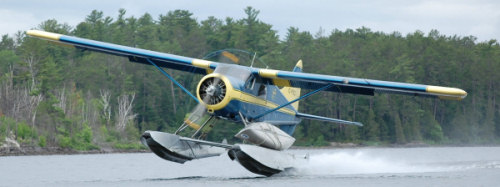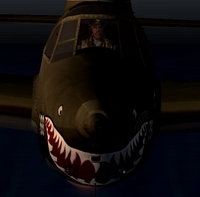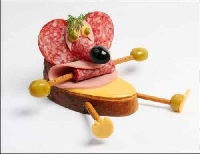From what I understand, the problem with a lot of light twins is if an engine is lost at low speed, the rudder isn't powerful enough to overcome the asymmetric thrust and thus the plane crashes. So often they are not hugely safer than a single engine aircraft but use more fuel and have more complexity.
I'm only guessing here, but I think there is a limit to how big propellers can get before the tips end up supersonic, which is loud and inefficient. And large propellers get less ground clearance so longer landing gear legs are required. More blades could be added, but then the propeller hub becomes more complex. And a single engine generates more torque and p-factor. So perhaps for light aircraft it is easier to simply add more engines rather than make one big engine.
Twin engined airliners however have no problems flying on one engine even if it fails right at V1, there are many cases where if a airliner had one engine then they would of crashed. There's a reason the 787, A350, 777 have two engines - generally less engines are better. More fuel efficient and easier to maintain. Four engined airliners are becoming a niche.
But on an airliner, if there was only one engine, where exactly would you put it? The tail with the vertical stab on top? The plane would then be extremely tall and tail heavy and would need to have the wing placed way aft to "balance" the aircraft so to speak. Mounting engines on the wings makes the wings lighter as they counteract the bending forces from the lift. So a single engine aircraft on an airliner would be less safe and probably less efficient.
Vertical tails are designed for the engine out on takeoff condition. Takeoff power, engine dies, that's where you're going to have the most imbalance. Look at a 737 versus a Cessna Citation X. A 737 has a HUGE vertical tail, and it's engines are very far apart. Something like a Citation X has a much smaller vertical tail, but it's engines are much closer.
Efficiency is measured in specific fuel consumption, sfc for short. SFC has units of pounds of fuel/horsepower/hour (or for jets, pounds of fuel/pounds of thrust/hour). Because of this relationship, it doesnt matter how many engines you have, you have the same SFC for the same thrust in theory. Two engines doesn't double your fuel consumption per se, you just have more thrust and burn more fuel, so the efficiency balances out.
Efficiency depends much more heavily on the engine. Powering a prop with two engines that have an SFC of .35 would burn less fuel (in theory) than a single engine with an sfc of 0.5.
Turboprops are usually more efficient than turbofans, which are always more efficient than turbojets. Diesel reciprocating engines are usually more efficient than others.







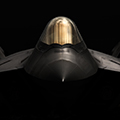

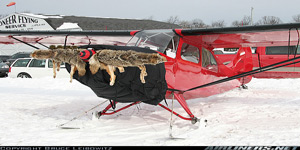 People Eating Tasty Animals.
People Eating Tasty Animals.


